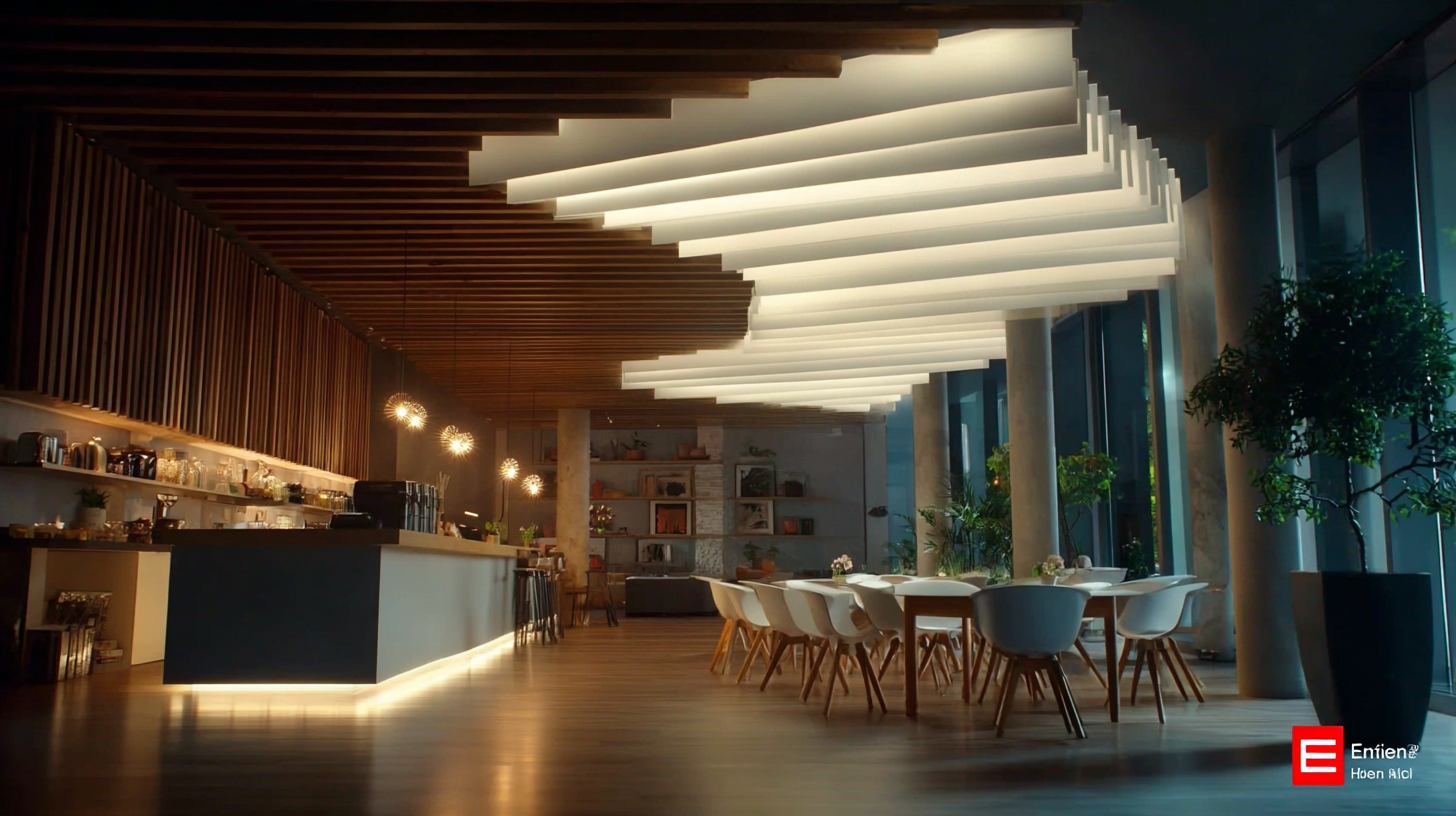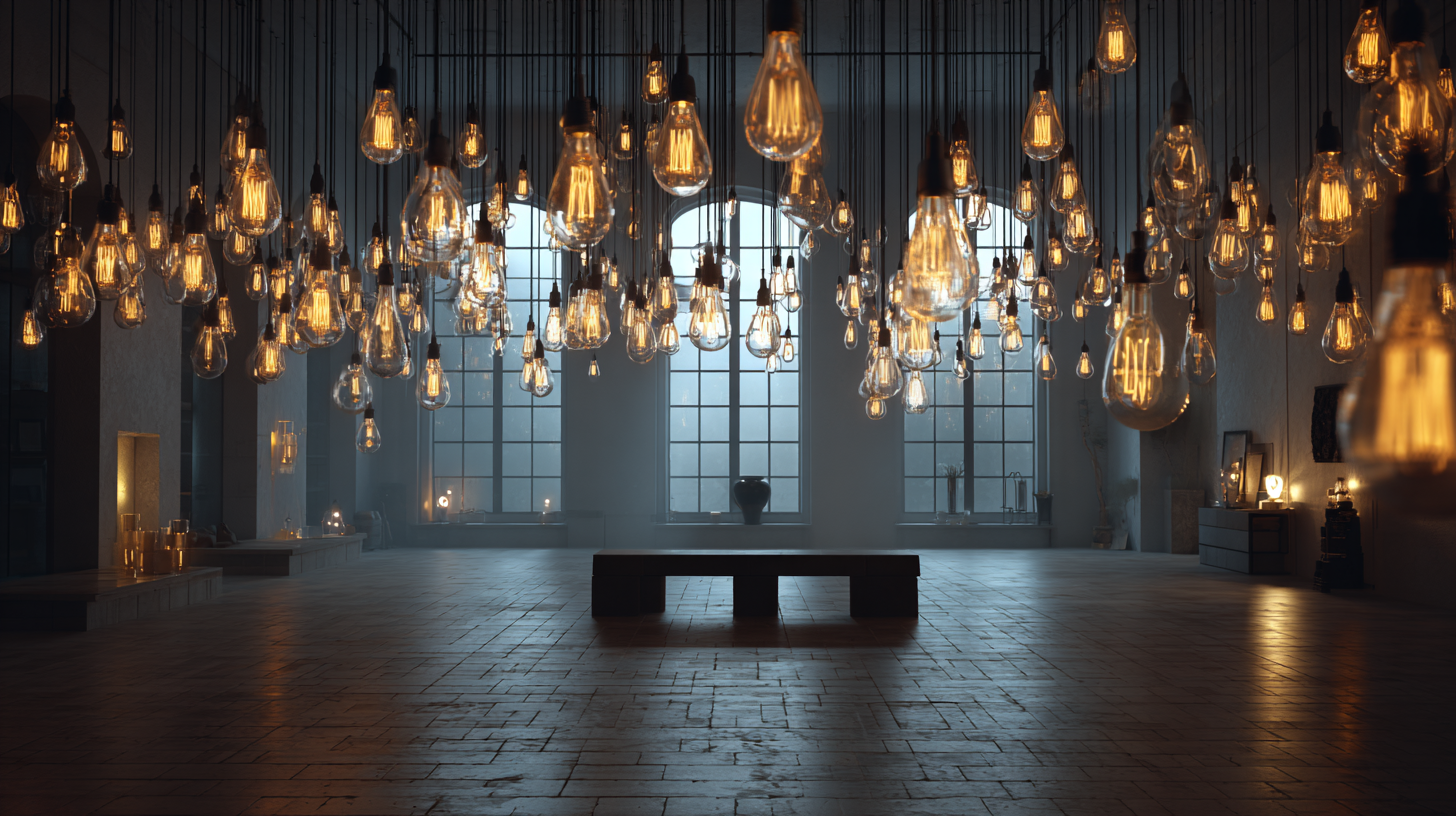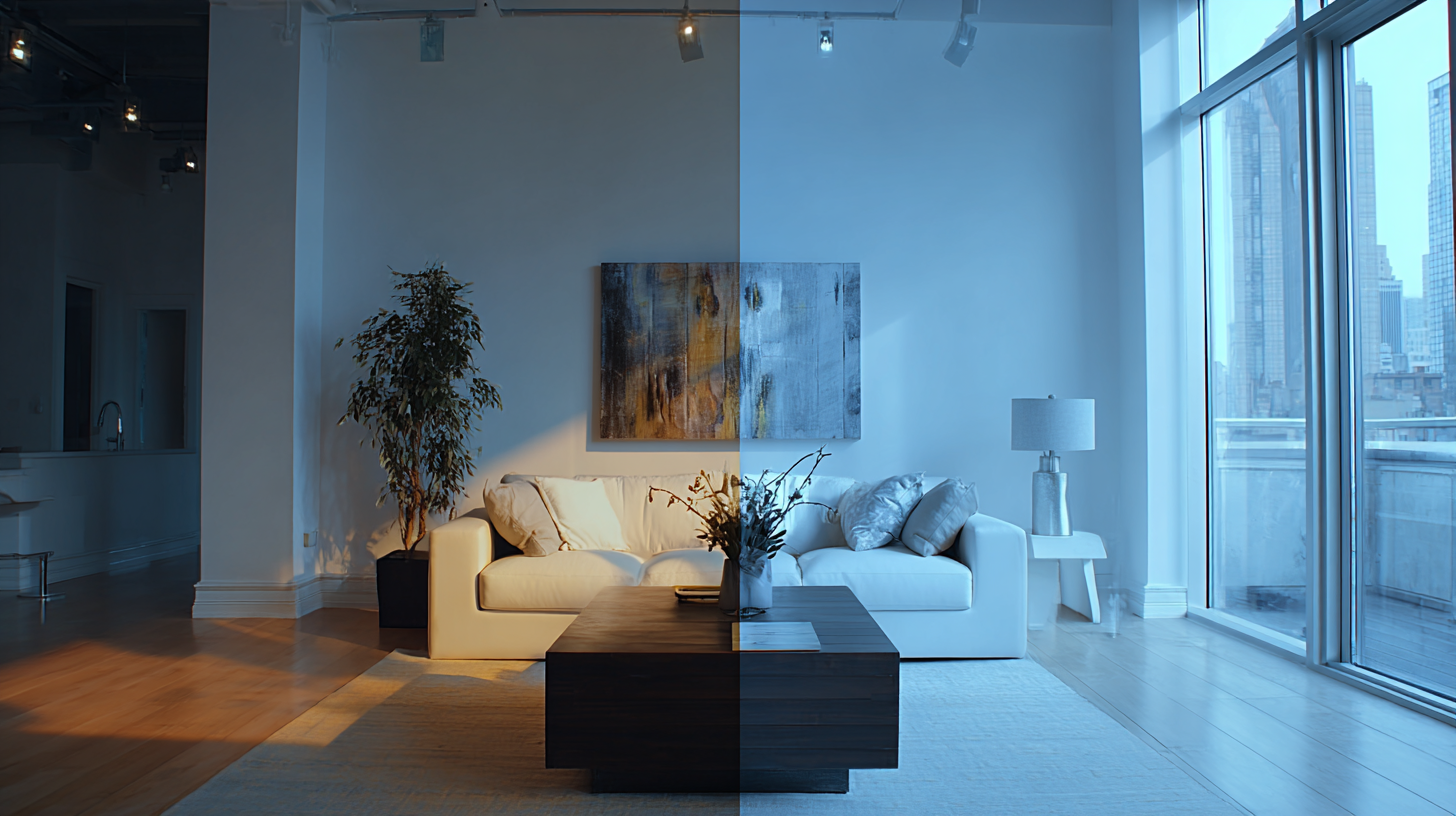
Solutions for Optimal Indoor Lighting Innovations
As we approach 2025, the landscape of Indoor Lighting is rapidly evolving, driven by advancements in technology and a growing emphasis on energy efficiency. According to a report by the International Energy Agency (IEA), the global market for smart lighting is expected to reach $75 billion by 2025, highlighting the increasing demand for innovative solutions that promote both sustainability and user comfort.

With trends such as the integration of Internet of Things (IoT) devices and automated lighting controls becoming more prevalent, the challenge for designers and consumers alike is to harness these innovations while ensuring optimal lighting quality. This blog will explore cutting-edge solutions and practical strategies to enhance Indoor Lighting, ultimately paving the way for more adaptable, efficient, and aesthetically pleasing environments.
Innovative Technologies Transforming Indoor Lighting Solutions
Innovative technologies are revolutionizing the way we think about indoor lighting solutions. Gone are the days when lighting was simply functional; today, it is an integral part of design and well-being. Smart lighting systems, equipped with sensors and programmable features, allow users to create customizable environments. These systems adjust automatically to natural light variations, enhancing comfort while reducing energy consumption.
Additionally, advancements in LED technology have significantly transformed indoor lighting. With their long lifespan and energy efficiency, LEDs are now available in a myriad of designs that cater to modern aesthetics. These lights can be integrated with smart home systems, allowing for remote control and automation. Furthermore, tunable white technology, which adjusts the color temperature of lighting according to time of day, not only supports productivity during work hours but also promotes relaxation in the evenings. As these innovative technologies continue to develop, the future of indoor lighting holds endless possibilities for creating more sustainable, efficient, and personalized living spaces.
Solutions for Optimal Indoor Lighting Innovations
| Technology | Description | Benefits | Energy Efficiency (% Savings) |
|---|---|---|---|
| LED Lighting | Uses light-emitting diodes (LEDs) for illumination. | Long lifespan, low heat emission, high brightness. | 75% |
| Smart Lighting | Allows control via smartphone apps and voice commands. | Convenience, adaptability, automation capabilities. | 60% |
| Daylight Harvesting | Utilizes natural light and adjusts indoor lighting accordingly. | Reduces reliance on artificial lighting, improves mood. | 40% |
| Wireless Lighting Control | Controls lights via wireless technology without physical switches. | Flexibility in installation, ease of use. | 50% |
| Human-Centric Lighting | Lighting designed to support human health and well-being. | Enhances concentration, reduces fatigue. | 30% |
Understanding the Importance of Natural Light in Indoor Spaces
Natural light plays a crucial role in the design and functionality of indoor spaces. According to a study by the American Society of Interior Designers, environments that maximize natural light lead to a 51% increase in overall well-being among occupants. Integrating windows, skylights, and other openings can significantly enhance the amount of daylight, making spaces feel more open and inviting. Moreover, a report from the Institute of Lighting Professionals highlights that natural lighting can improve productivity levels by up to 20%, illustrating its importance not just for aesthetic appeal but also for functionality, particularly in workplaces and educational environments.
Additionally, harnessing natural light can lead to significant energy savings. The U.S. Department of Energy states that with effective daylighting strategies, buildings can reduce lighting energy use by 30% to 50%. This not only contributes to environmental sustainability but also decreases operational costs for businesses. With the growing emphasis on green building practices, incorporating designs that prioritize natural lighting is becoming an essential aspect of modern architecture. By focusing on solutions that enhance natural light, we can create healthier and more sustainable indoor environments that benefit both individuals and the planet.

Smart Lighting Systems: Enhancing Efficiency with Automation
The global lighting technology market, particularly energy-efficient innovations, is projected to experience significant growth. By 2033, it is expected to soar to a staggering $2.23818 billion from $4.07872 billion in 2025, reflecting a remarkable annual growth rate of 7.79%. Central to this transformation are smart lighting systems, which leverage automation and IoT integration to enhance energy efficiency in building management. These systems enable real-time monitoring and control, allowing for optimized lighting based on occupancy and natural light availability, ultimately reducing energy consumption.
From the perspective of smart buildings, the role of IoT in increasing energy efficiency cannot be overstated. The deployment of interconnected devices creates a dynamic environment where energy usage can be meticulously tracked and analyzed. This automation not only streamlines operation but also empowers facility managers to make informed decisions backed by data analytics. As the push for sustainability grows, harnessing these technologies will be critical in driving down operational costs while meeting societal demands for greener practices in construction and design.
Sustainable Materials and Energy Sources for Indoor Illumination
Sustainable materials and energy sources are essential in the pursuit of optimal indoor lighting innovations. As concerns about climate change and environmental degradation continue to rise, the lighting industry is increasingly focusing on eco-friendly practices. One of the most promising developments is the use of sustainable materials such as recycled metals and biodegradable plastics in the production of light fixtures. By embracing these materials, manufacturers not only reduce waste but also lessen their carbon footprint, contributing to a more sustainable ecosystem.

Additionally, the integration of renewable energy sources like solar power into indoor lighting systems is revolutionizing illumination. By harnessing solar energy, homes and businesses can significantly decrease their reliance on non-renewable resources. Advanced solar technologies, such as photovoltaic panels and energy-efficient batteries, allow for effective energy storage and utilization, ensuring bright indoor spaces without the environmental cost associated with traditional energy sources. These innovations not only enhance the aesthetic appeal of interiors but also promote energy independence, paving the way for a more sustainable future in indoor lighting.
Trends in Indoor Lighting Design: Combining Aesthetics with Functionality
In today's fast-paced world, indoor lighting design is evolving to seamlessly blend aesthetics with functionality. As trends shift towards minimalism and sustainability, designers are focusing on how lighting can enhance both the visual appeal and practicality of spaces. By utilizing innovative technologies and materials, modern indoor lighting solutions emphasize the importance of creating environments that are not only beautiful but also adaptable to various daily needs.
When choosing lighting fixtures, consider layering your light sources for greater flexibility. Combining ambient, task, and accent lighting can create a dynamic atmosphere suitable for any occasion. Additionally, select energy-efficient bulbs to reduce consumption while preserving the desired brightness and warmth. Smart lighting systems are also gaining popularity, allowing users to customize their indoor lighting through apps and voice commands, ensuring that both style and functionality are at your fingertips.
Furthermore, pay attention to the color temperature of your lighting, as it can significantly influence the mood within a space. Warmer tones create a cozy and inviting atmosphere, perfect for living areas, whereas cooler tones are ideal for workspaces, enhancing concentration and productivity. By thoughtfully incorporating these trends into your indoor lighting design, you can achieve a harmonious balance that elevates your environment.
